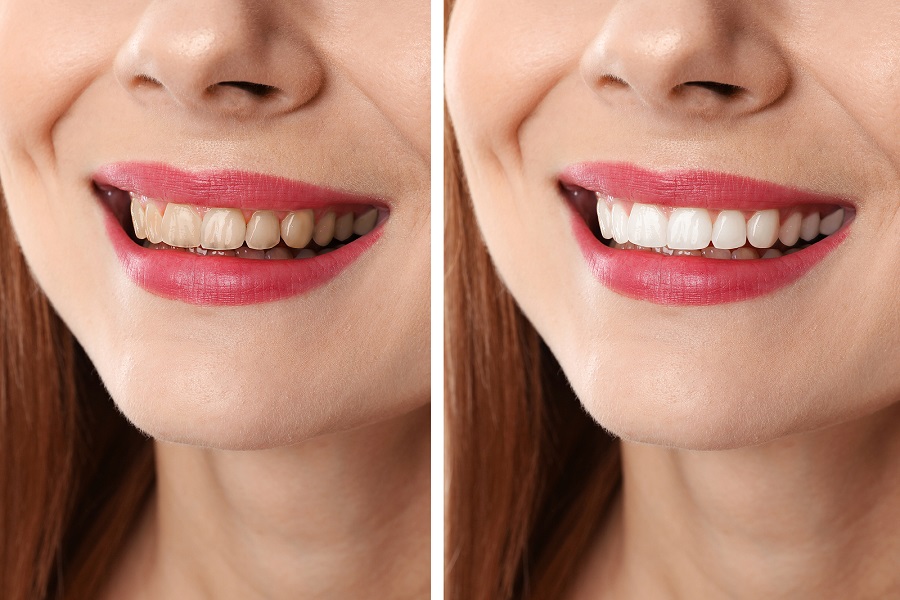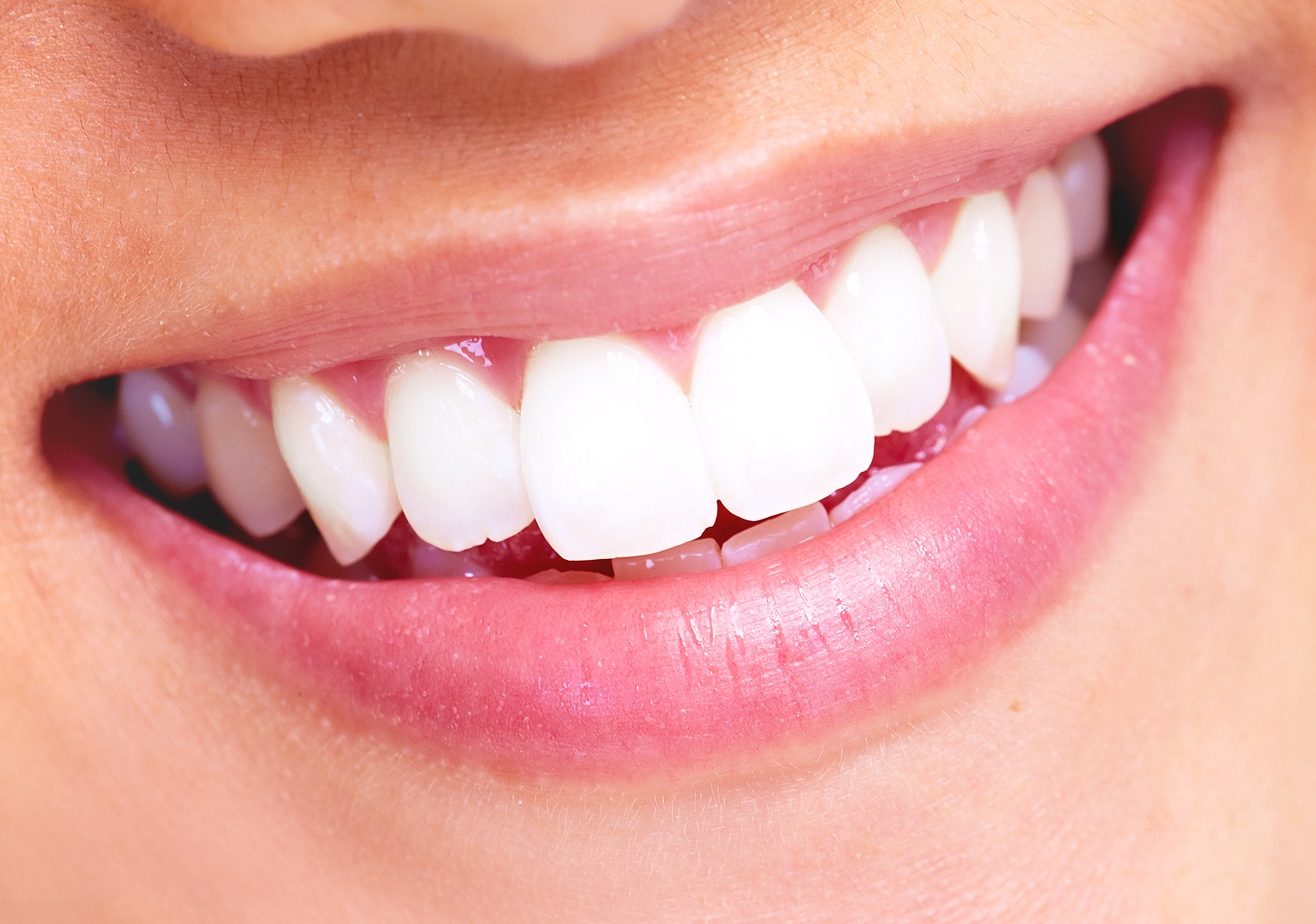HOW TO PREVENT GINGIVITIS
Are you worried about the possibility of developing gingivitis? Gingivitis can range from a simple inflammation around your teeth to a more serious disease called periodontitis, which can ultimately lead to losing your teeth. Luckily, gingivitis is a highly treatable issue and can be prevented with some maintenance and care.
GUM CARE AND GINGIVITIS PROTECTION
Gingivitis is a gum disease, so everything that promotes healthy gums will reduce the chances of contracting gingivitis. Your gums require cleanliness and blood flow to remain at their best. Here are a few things that you can do to protect yourself against gingivitis:
- Brush your teeth regularly. Brushing your teeth doesn’t just help your teeth, it helps your gums too. Plaque can build up against your gum line, affecting the health of your gums, causing them to bleed and pulling them away from the base of your tooth.
- Make sure to floss. Like brushing, floss will remove plaque that could develop between your teeth and your gums. If you bleed excessively when flossing, you may want to consult with your dentist.
- Massage your gums. A gentle massage with the tip of your finger will bring blood flow to your gums, which encourages healthy growth and healing.
- Use mouthwash. Mouthwashes will prevent the spread of unhealthy bacteria in your mouth, which could cause gingivitis or an infection.
- Go to your dentist regularly. If plaque has already built up in your mouth, your dentist will need to remove it through a process known as mechanical debridement. This is a fast and easy procedure that involves manually removing the plaque with an assortment of tools.
Essentially, everything that your dentist recommends to keep your mouth healthy and your smile bright will also lead to healthier gums and a reduced risk of gingivitis.
HOW DO YOU KNOW IF YOU HAVE GINGIVITIS?
Do you think you might already have gingivitis? There are many symptoms of gingivitis that you can check for yourself, though you should usually go to a dentist for a diagnosis.
- Excessively bleeding gums. Gums may bleed occasionally a little bit, but they usually won’t bleed a lot unless there is some other issue.
- Deep red or bruised gums. Your gums may appear dark red or bruised around the teeth. This is usually a sign of inflammation, caused by gingivitis.
- Yellow or discolored plaque at the gum line. Any amount of visible plaque is not healthy for your teeth and will need to be removed.
- Painful gums. In more advanced stages of gingivitis, you will likely experience pain coming from your gums. You may find that it hurts to brush.
You should not diagnose gingivitis yourself, especially since treatment for gingivitis generally requires that you see a dentist regardless. Though gingivitis may seem like nothing more than a nuisance, it can become serious quite if it is not addressed properly and in a reasonable amount of time.
WHAT TO DO IF YOU HAVE GINGIVITIS
Treatment for gingivitis generally begins with the manual debridement of plaque between the teeth and the gums. This may be done in a single session or multiple sessions, depending on how significant the problem is. Once the plaque is removed, it is up to you to keep your teeth and gums healthy by cleaning properly with a toothbrush, floss and mouthwash. For more serious cases of gingivitis, an antibiotic may be prescribed by a doctor to reduce the possibility of infection. Gingivitis may not seem like a very serious issue, but it can escalate to one if it isn’t treated by your dentist. The best way to ensure a healthy mouth is to go to your dentist on a regular basis for cleaning. Your dentist will be able to identify any problems in your teeth and your gums while you’re there, and will be able to tell you how to best care for your smile.






















0 comments